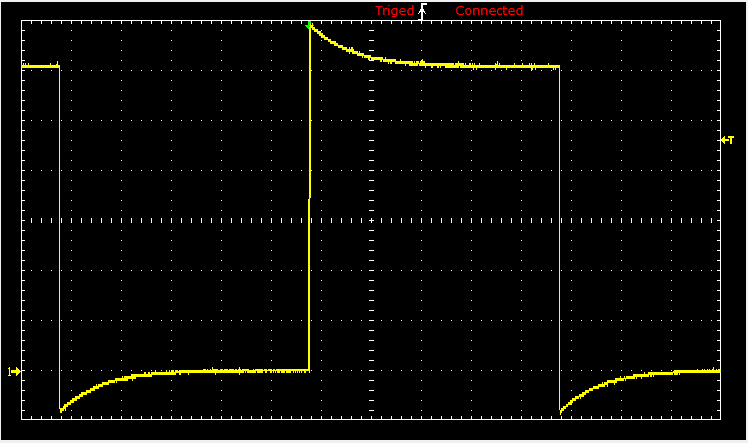Vladimir Dobrushkin
https://math.uri.edu/~dobrush/
Permission is granted to copy, distribute and/or modify this document under the terms of the GNU Free Documentation License, Version 1.2 or any later version published by the Free Software Foundation; with no Invariant Sections, no Front-Cover Texts, and no Back-Cover Texts. A copy of the license is included in the appendix entitled GNU Free Documentation License.
Wave-length Transfer Matrix
Matrices have long been used to solve complex problems, and technology today is making even more applications involving matrices possible. One possibility is a Matrix-Assisted Laser Desorption/Ionization (MALDI). Another is applying a Wave-length Transfer Matrix (WTM) on certain communications network systems.
Matrix-Assisted Laser Desorption/Ionization (MALDI)
MALDI is an innovative new technique that uses a group of compounds to emit a certain matrix of wavelengths. These matrices can be used to create ions from larger molecules and yield minimum fragmentation. The 3 most common molecules used as matrices are:
- 3,5-dimethoxy-4-hydroxycinnamic acid (sinapinic acid)
- α-cyano-4-hydroxycinnamic acid (α-CHCA, alpha-cyano or alpha-matrix)
- 2,5-dihydroxybenzoic acid (DHB)
All three of these molecules contain the wavelengths 337 nm and 355 nm in their matrices, while 2,5-dihydroxybenzoic acid (DHB) and 3,5-dimethoxy-4-hydroxycinnamic acid (sinapinic acid) contain 266nm as well. Determining the exact effect a Matrix has on ionization potentials of the molecules used as samples is still undetermined, and therefore there is no known equations to predict the number and size of molecules in a sample.

Wave-length Transfer Matrix (WTM)
A wave-length transfer matrix (WTM) in this case is used to analyze the wavelength performance of circuits. More information on tranfer matrices can be found here and here. This WTM, in this example, is applied to Wavelength Division Multiplexing (WDM) and Optical Frequency Division Multiplexing (OFDM) technology which is used today in optical communication systems. This is new method created by Kimio Oguchi. The following screenshot depicts some of his notation and shows how he plans to use tranfer matrices for these purposes:

